A “Hindsight is 2020” Series
By Justin Daniel, CNPS-San Diego President & Field Trips Chair and Grower & Collector
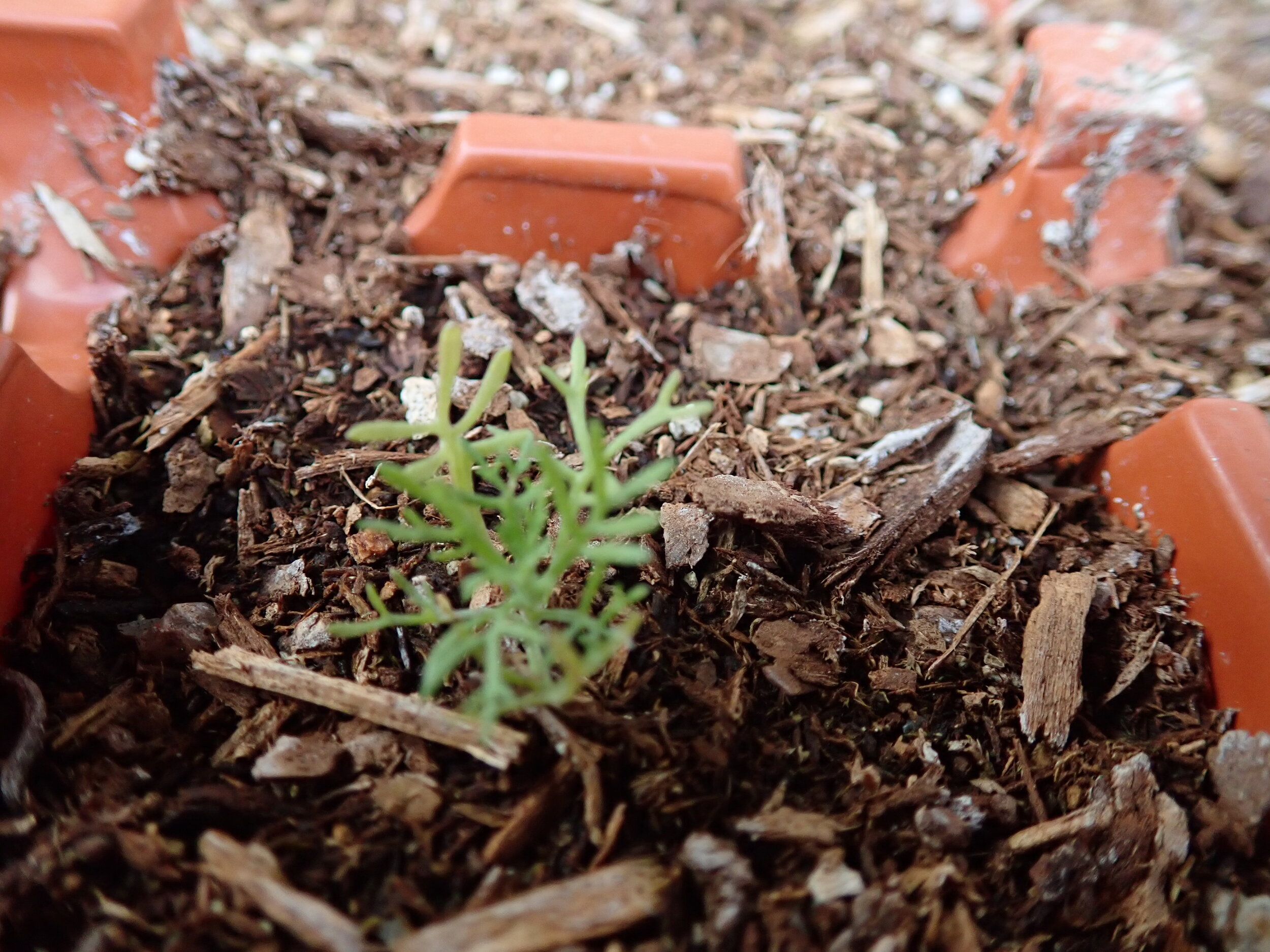
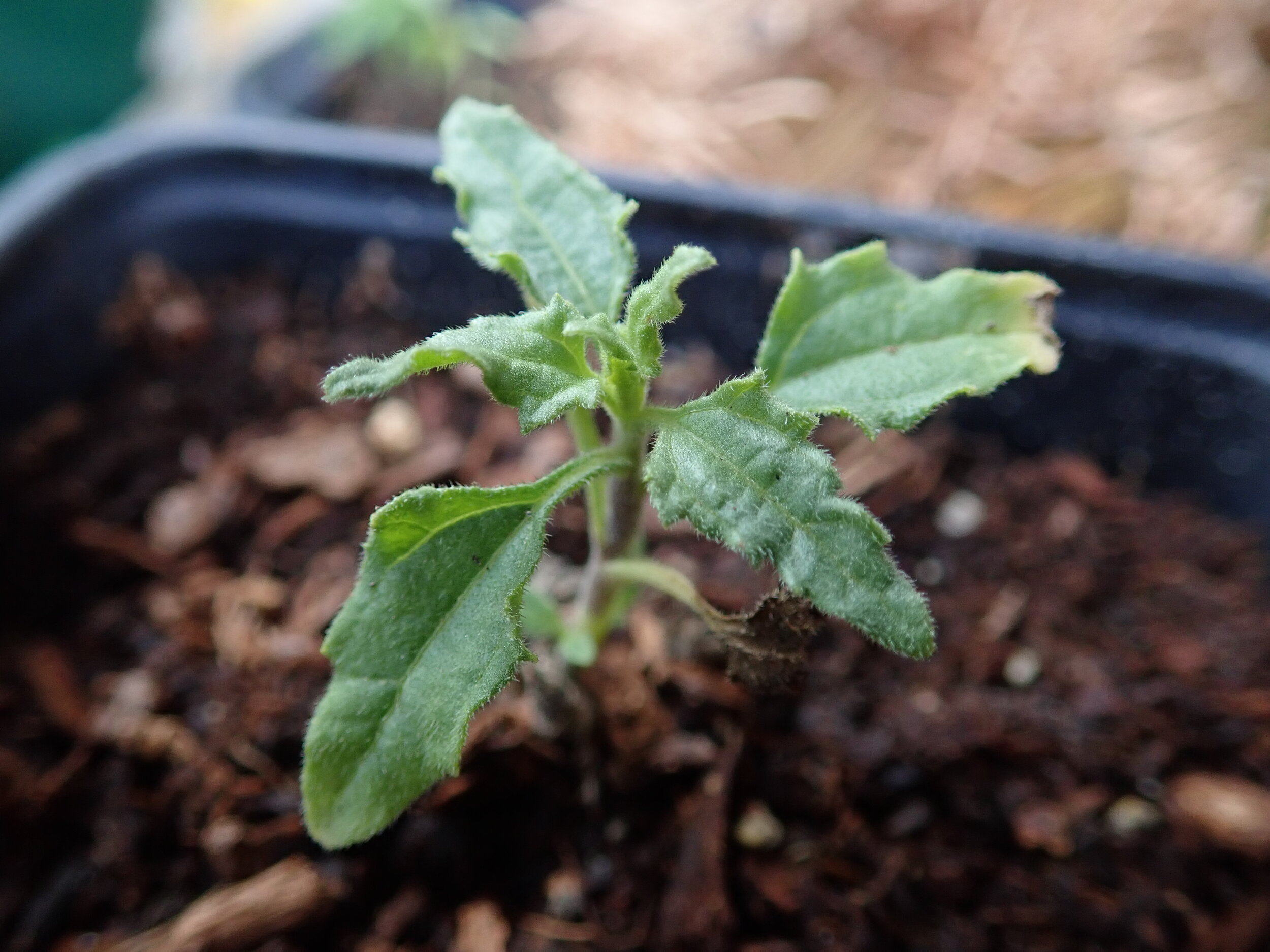
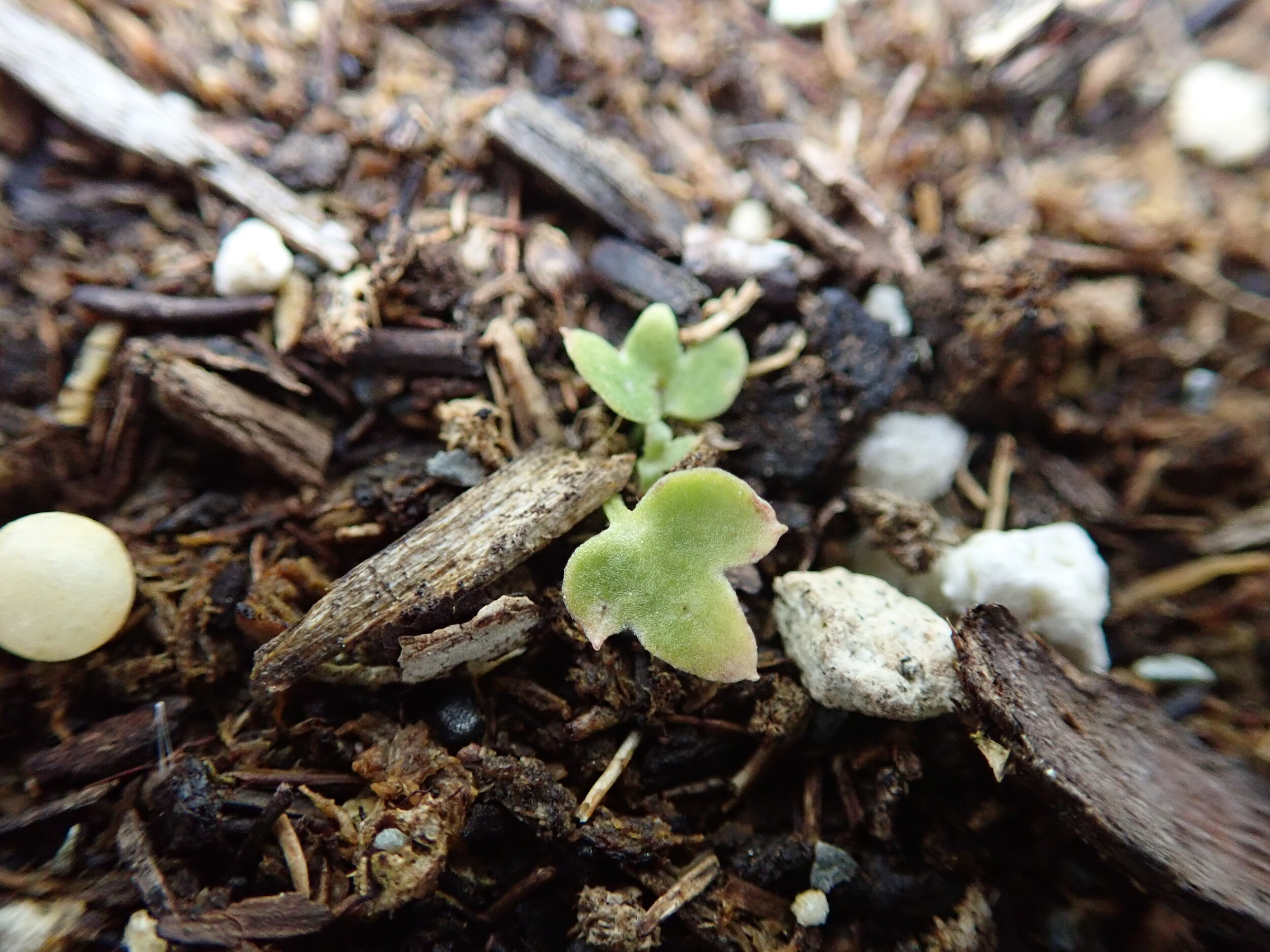
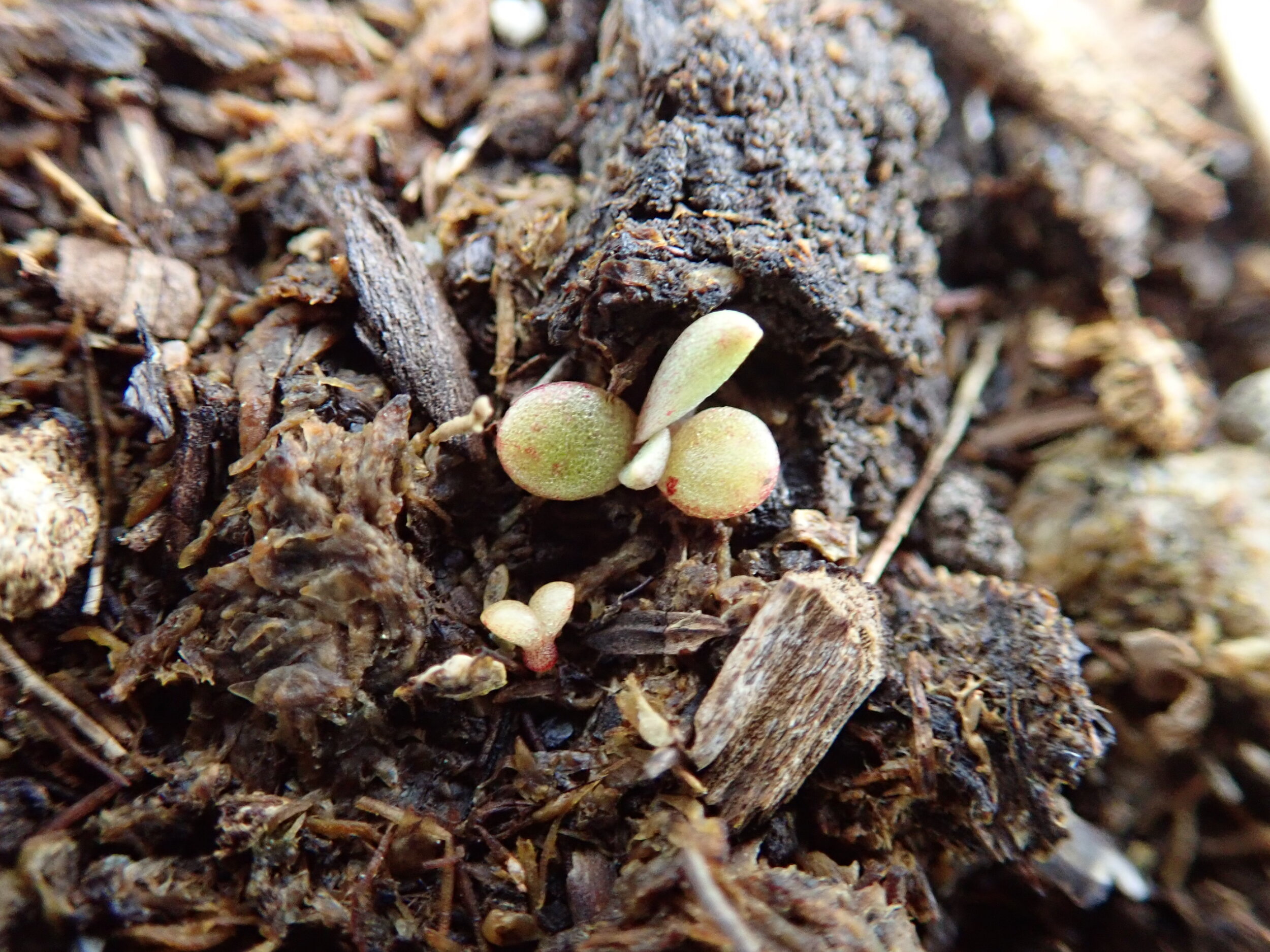
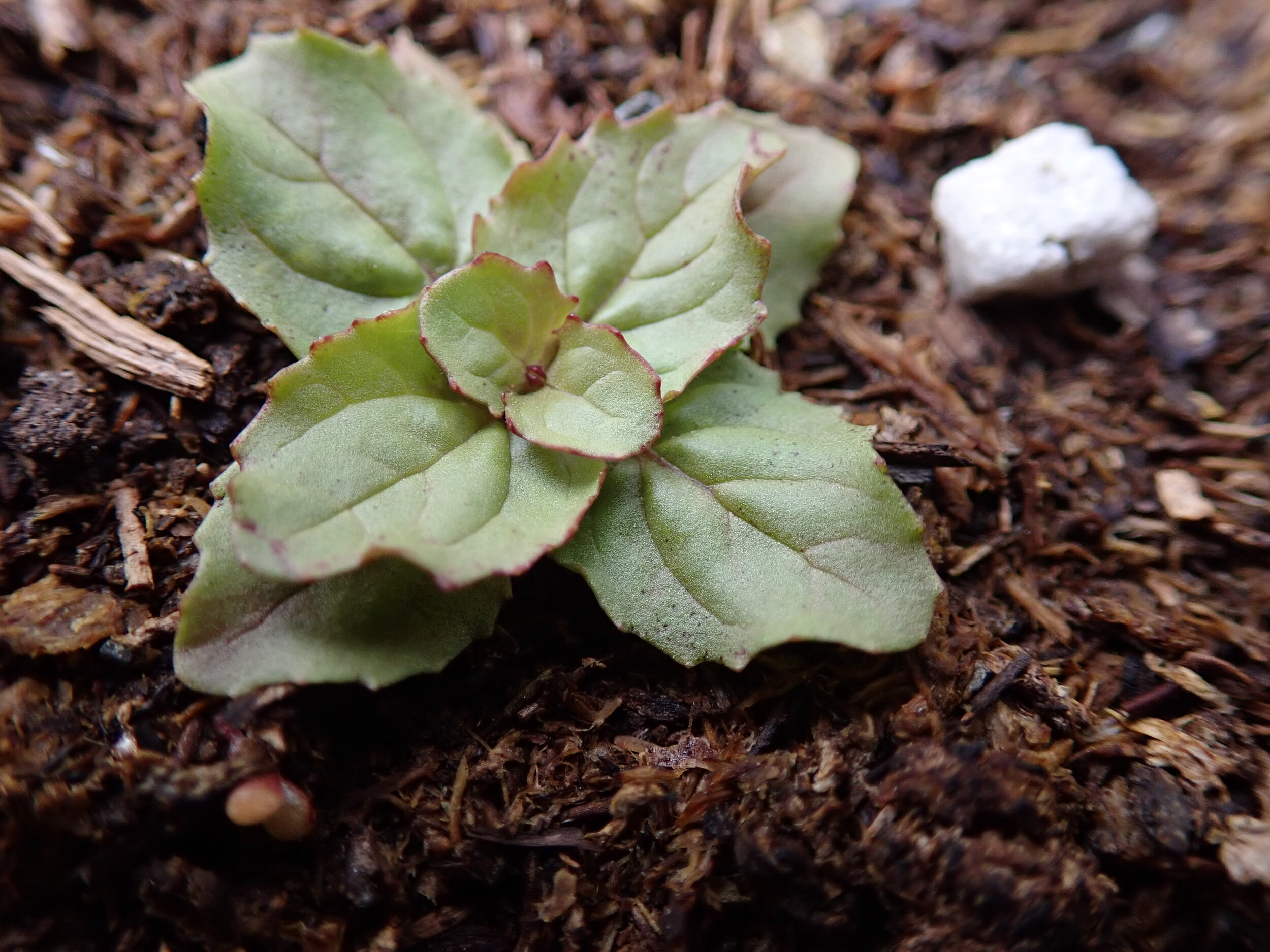
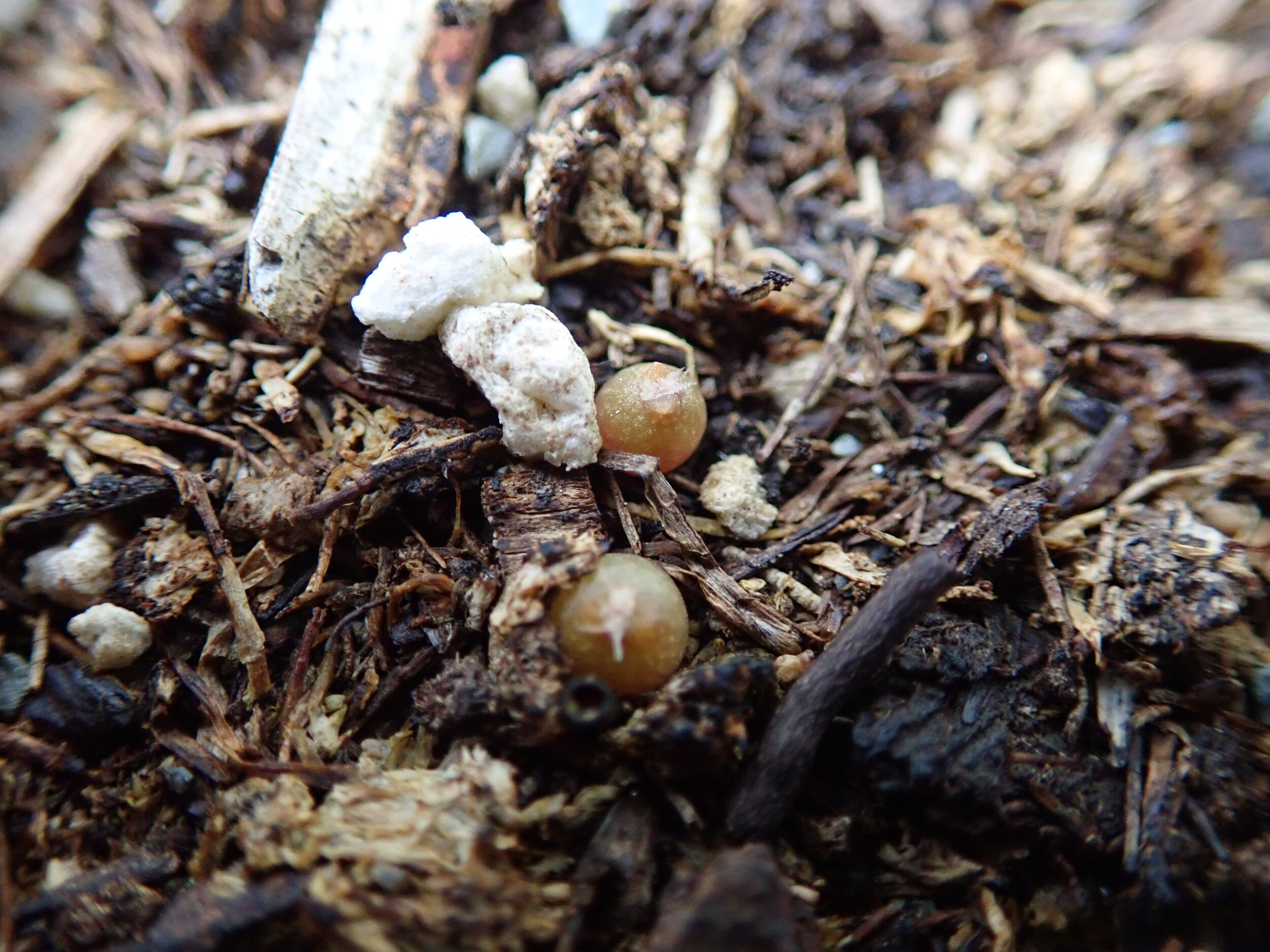
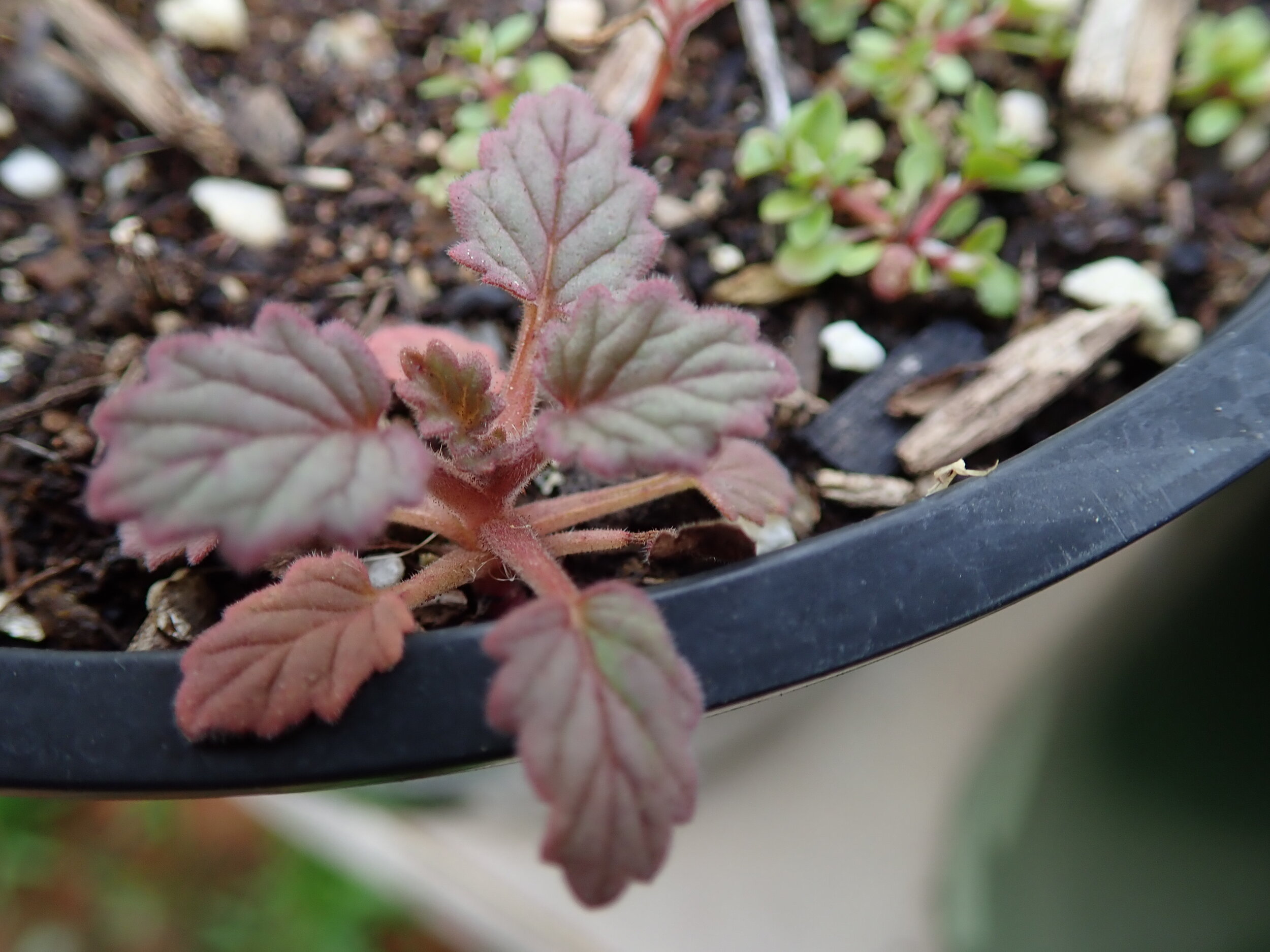
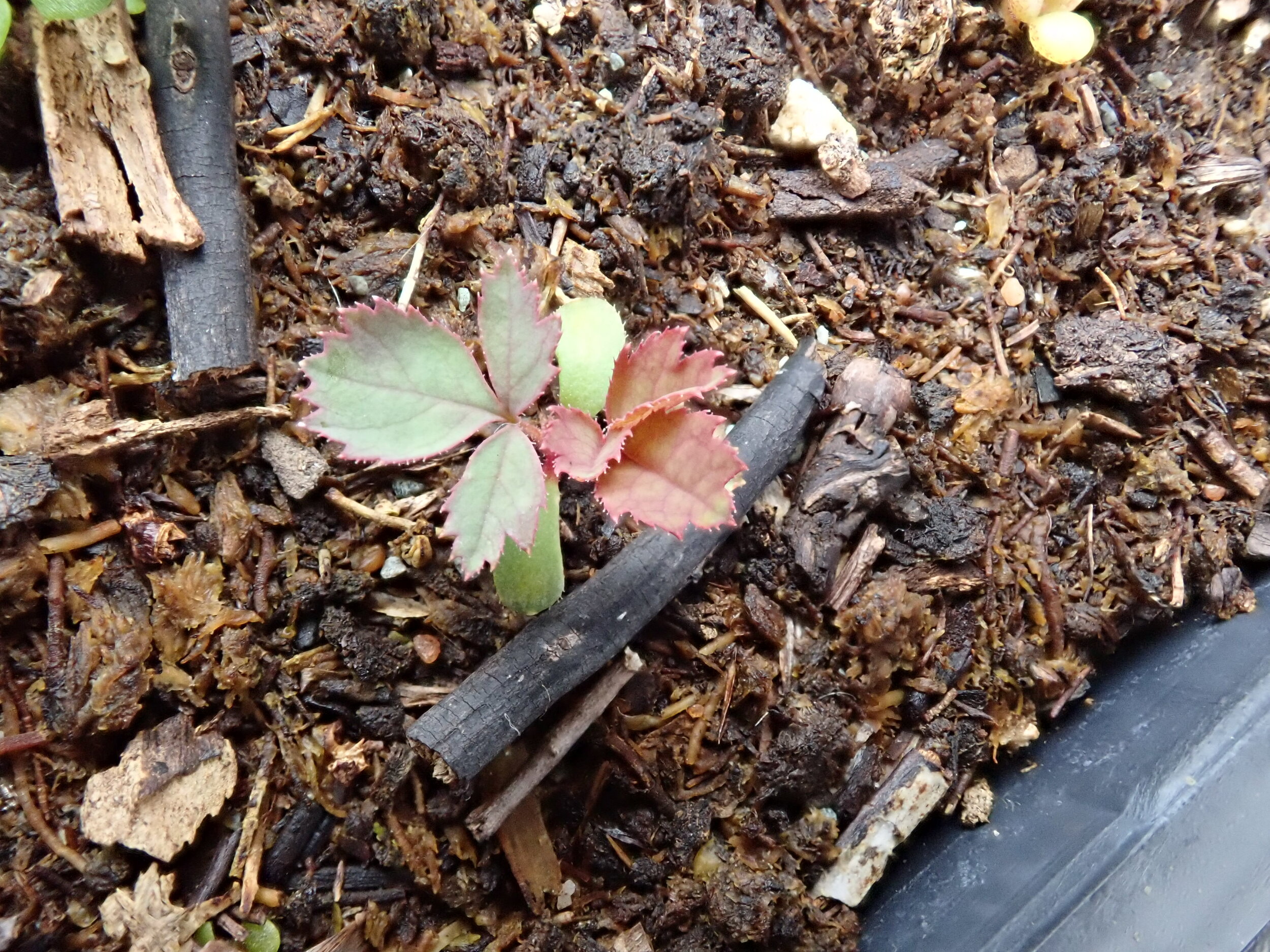

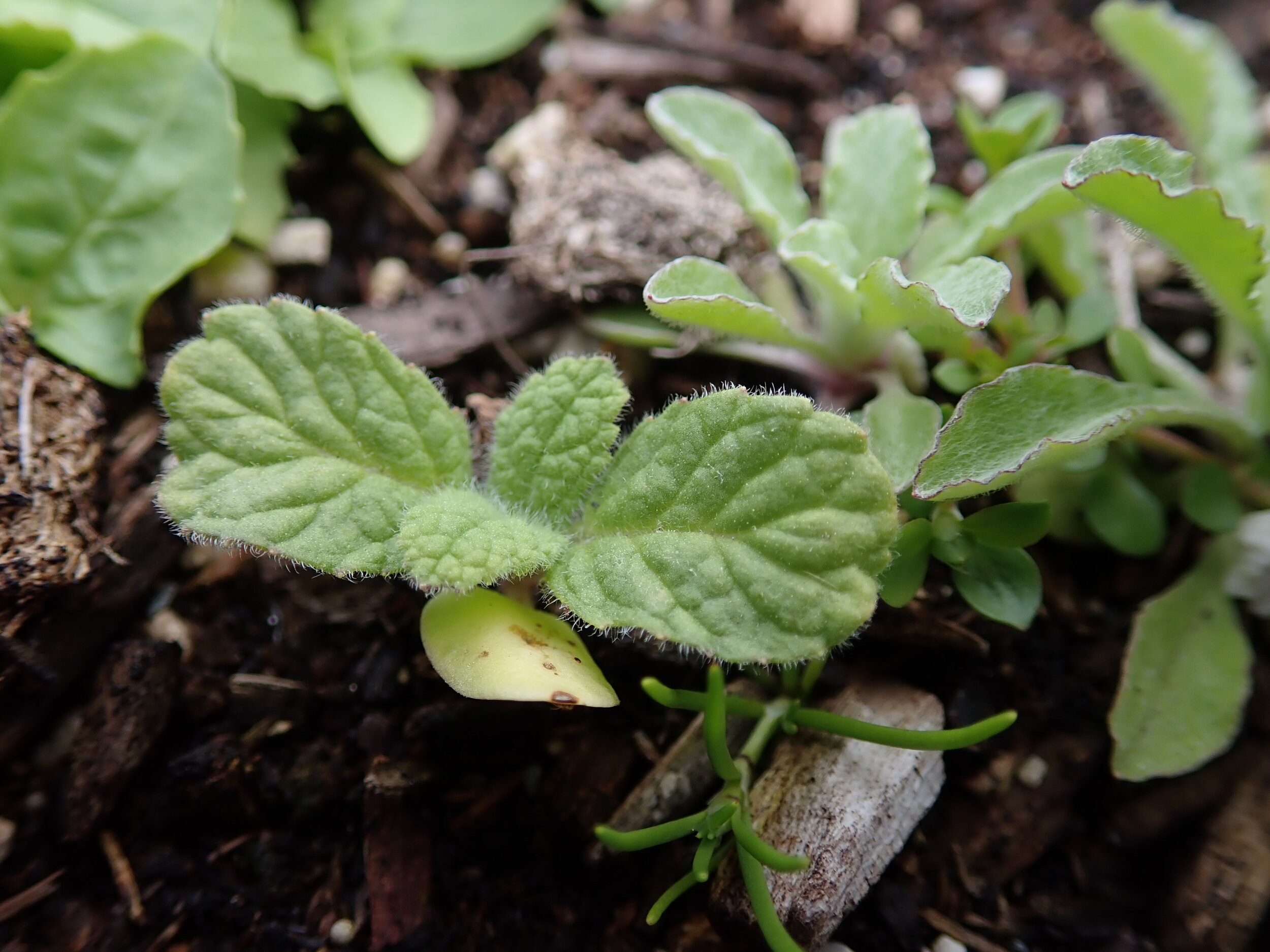
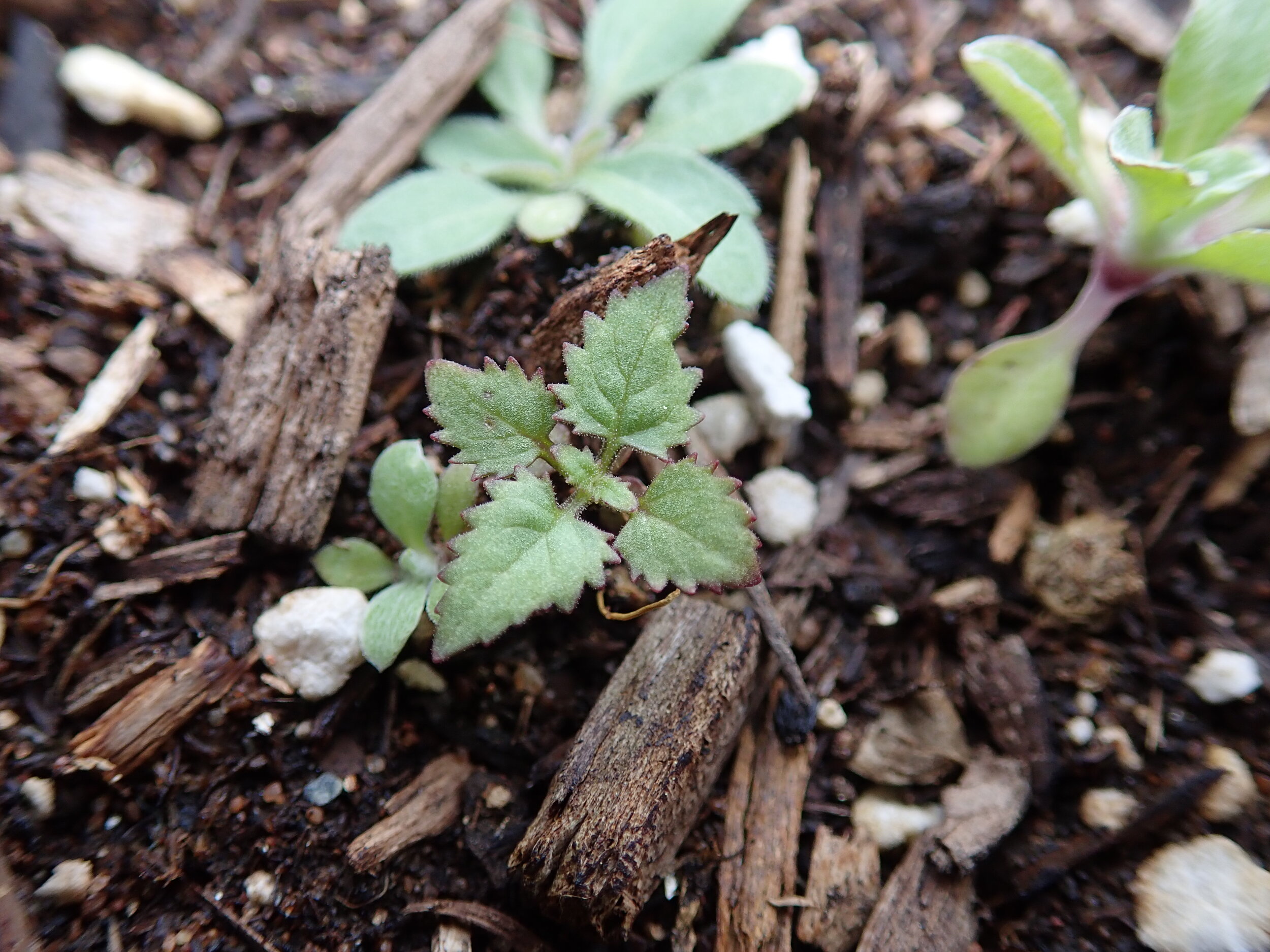
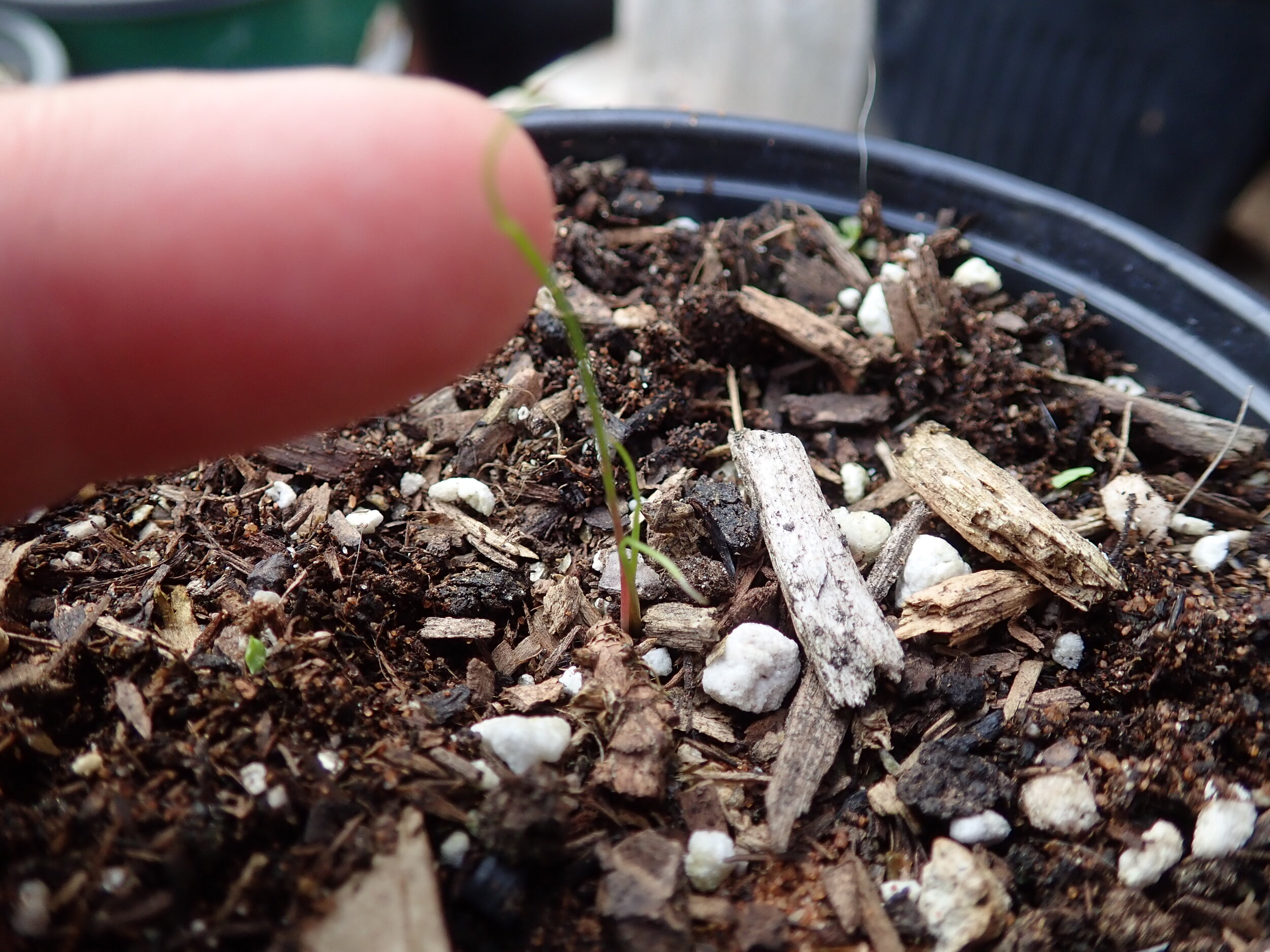
This is beginning of a series centered on seed collecting of native plants. Over the next few months, articles will focus on Planning and Ethics of Seed Collecting, Targeting Genera, Proper Cleaning and Storage, and Germination and Renewal. Of all the reasons to collect, store, and germinate seeds of native plants in San Diego and Imperial Counties, the one I continually come back to is the excitement when a species I’ve never been able to grow before sprouts in a pot and survives into a fine, healthy plant. This excitement doesn’t come without research, travel, trial, and a whole lot of error. Overcoming frustration is part of the process, and I hope these articles will help the seed collecting novice succeed as well. One of the best things about CNPS is the Society part. When you are looking for info that is nowhere to be found online, our members and the books we offer are a great next step.
About a year ago, a Union Tribune reporter reached out to CNPS-San Diego asking for comment on a controversial chef proudly sourcing his wild forage in protected areas. By the time our response was written a day later, the reporter was long done with the report and the comments were polarized between calling out the illegal practice and lauding the “sustainable” harvest method claimed in the article. The article is still online, with only one comment shown: sandiegouniontribune.com/lifestyle/food-and-cooking/story/2019-06-25/chefs-foraging-guidance-leads-the-way-to- tasty-culinary-discoveries.
To summarize, the chef harvested invasive species and left them to regrow, pulled seaweed from the surf, and picked elderberry (Sambucus spp.) in a protected reserve. Left unchecked, this practice leads to severe environmental degradation and can occasionally make people very sick or at least paying a hefty fine when caught.
Wherever you source your seeds, ensure the proper permissions and permits are applied: fs.usda.gov/main/clevelan d/passes-permits/forestproducts. Questions should always have clear and reasonable answers. I collect nearly completely on private lands, always with permission from the property owner. Many species are grown in my own backyard from nursery plants. The remainder are under permit, with strict limitations that often turn the seed back over to the land owner or permit holder. Always do your research on any land you intend to collect on beforehand.
The 20 RULE is simple: for every 20 seeds, take just one. There must be at 20 plants in a population to consider collecting at all. Anything more or less and the collecting may reduce the population needlessly. Technically,you’ll be collecting fruits rather thanseeds individually, but the idea stands that 5% of the available stock is the most you want to take. Avoid taking from plants that appear to have been previously harvested or otherwise damaged.
hazmac.biz/aboutus/Seed %20Collecting%20Guidelines.pdf
cnps.org/wp-content/uploads/2018/04/collecting-for-education.pdf
When it comes to rare species, know that San Diego Zoo Global and Botanical Gardens have special permits to collect for their propagation programs and seed banks. California Plant Rescue (CaPR) focuses on the rarest of species in California, the 1B’s. Get involved or please leave those plants alone! For the 1B’s we sell, the ‘mother’ plants are grown in nurseries and in private yards so are no longer considered wild. For 2’s and below, be absolutely sure of the ID and status of the plant, be able to deduce the sustainability of the plant’s population, and only ever apply the “20 RULE” if everything else checks out. If you’re unsure about any of those, again,please leave the plants be. Native plant ID is a rewarding practice. Pick up the Jepson and learn to key, then realize the Jepson has flaws on many genera and get to know the Plant Atlas and the various herbaria of San Diego to double check your observations.
institute.sandiegozoo.org/resources/native-plant-seed-bank
http://sdplantatlas.org/SynScanSearch_sdp.aspx
For the purpose of this article, planning is simplified. Find a known population of what you want to collect and get your permits well ahead of time. It may take three or more trips to time the collecting right. For fruits, they must be ripe or past ripe. For pods, they should be dry on the stalk. For fluffy seeds that blow away or explode (dehiscence) or fall away into the gravel when a breeze comes along, you ought collect them before they’re gone and dry them out at home. The weather should be dry and warm and the fruits ready and abundant. You may begin some collecting in mid April, most into late May and June. For others, you’ll be waiting until September to collect or even early winter for those species that bloom in the fall. The best collecting calendar is a flexible one with an eye on the seasonal cycles and visits to a plant in flower/fruit, and then again when the seeds are ready. Think of native birds and insects not as competition, but as signs that seeds will provide an image of that type of natural habitat elsewhere soon.
For specifics, please do your research and ask questions of any of our experts. Join a committee and we’ll be there for each other’s collecting and propagating science needs! In the next article , I’ll address some great resources on genera. Stay safe out there and collect in compos mentis.
COMMITTEE HIGHLIGHT: Seed and Bulb Committee
Check out our revamped Seed and Bulbs ordering website. For years, the seeds programs at CNPSSD offered a few common species, but that all changed with the extraordinary work of Cindy Hazuka and her dedicated volunteers. Our sales have expanded and now are a greatsupport for the Chapter. We’ve just received a new shipment of great bulbs in and I hope this year will produce more variety and bulk of your favorite seeds.
A great deal of thanks to her, and a great thanks to you guys for your purchases and donations! Let her know if you’re looking for a particular species that isn’t on the website–now is the time to plan on getting them.
